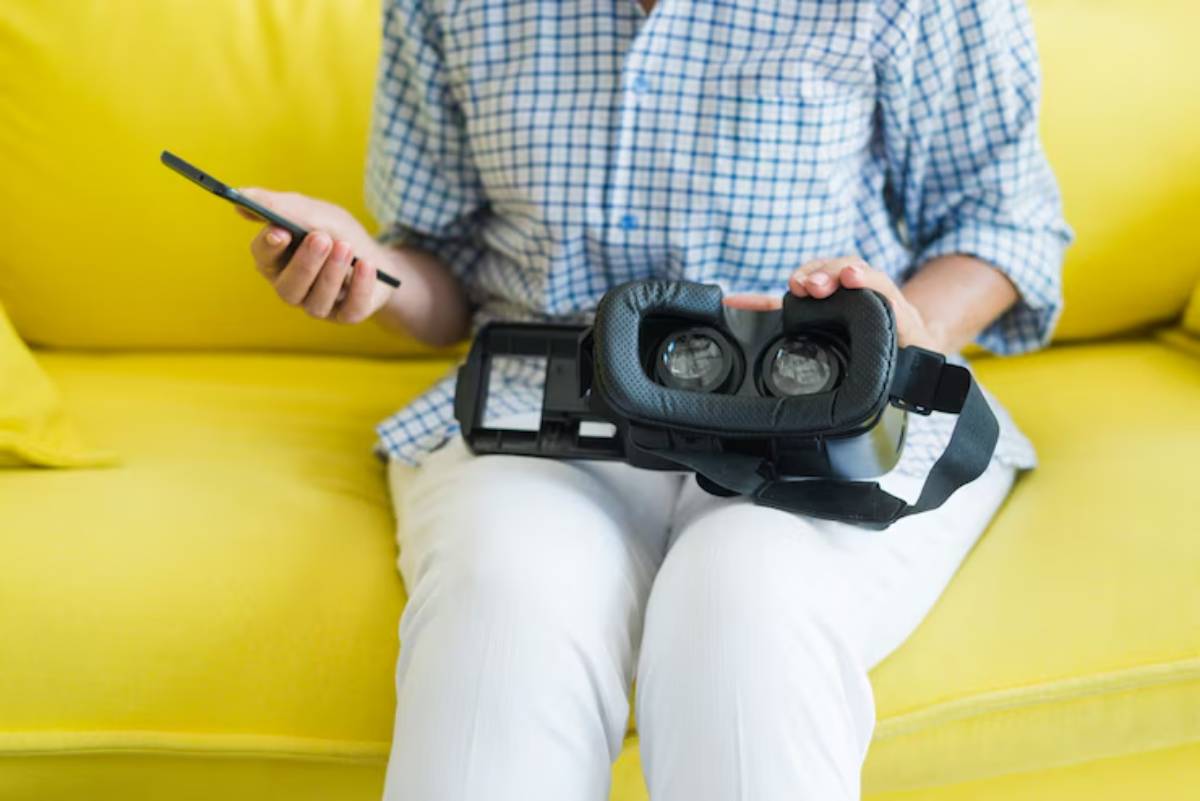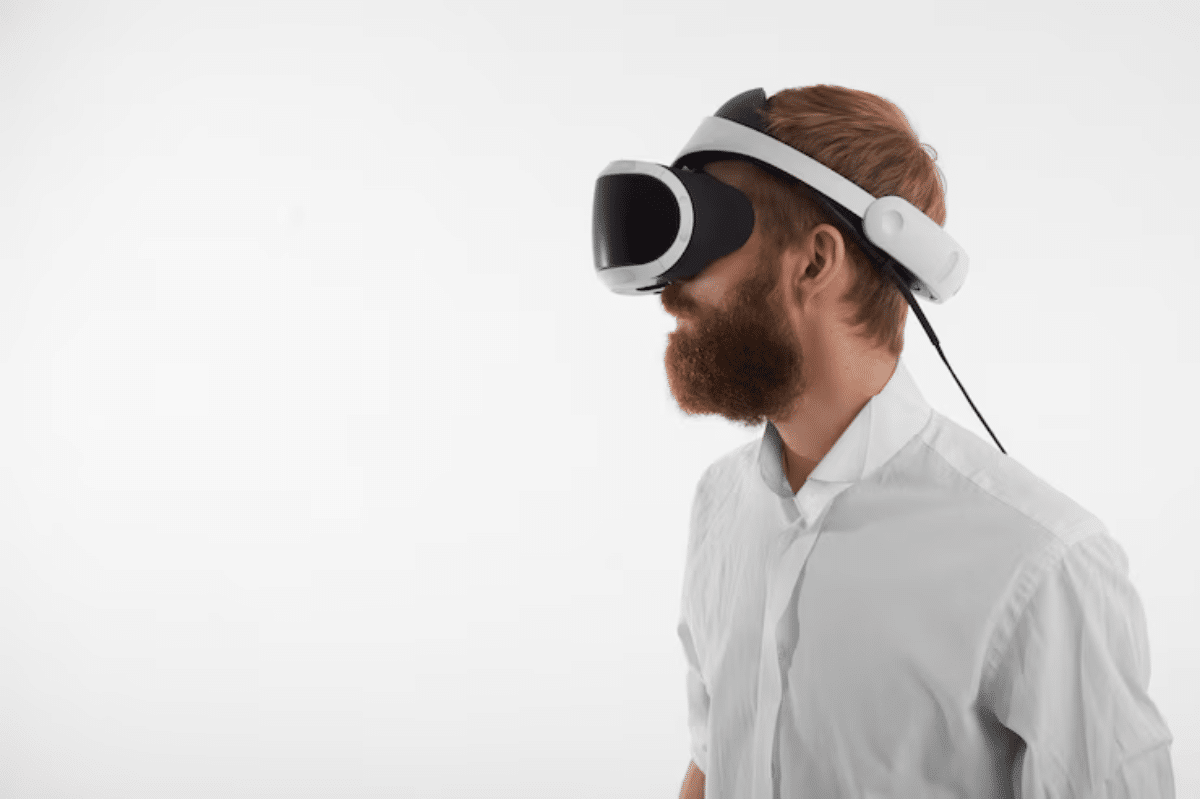
Are Wired VR Headsets Still Worth It?
Let’s be honest — cords are a bit of a mood killer. There’s nothing quite like swinging a sword in VR and suddenly getting tangled, losing your footing, or worse, yanking your expensive headset from your face. With wireless options now more powerful than ever, it’s natural to wonder:
are wired VR headsets still worth it?
But before you toss your cable in the bin, take a moment. There’s a reason many gamers, developers, and simulation enthusiasts still choose cabled VR systems. Wired headsets deliver unbeatable performance, reliability, and ultra-low latency — all critical for competitive gaming and precision-demanding applications.
In this blog, we’ll explore the current landscape of wired VR headsets. We’ll weigh performance vs convenience, look at VR headset latency, and help you decide if a wired headset still fits into your VR future. Whether you’re upgrading, buying your first headset, or just curious, this deep dive has you covered.
What Makes a VR Headset “Wired”?
A wired VR headset connects directly to a PC or console using cables — typically USB-C, DisplayPort, or HDMI.
This wired connection supplies:
- High-speed data for visuals and tracking
- Power (in many cases)
- Direct access to PC-grade performance
This is different from standalone or wireless VR, where the headset runs independently or streams from a PC over Wi-Fi.
The Key Benefits of Wired VR Headsets
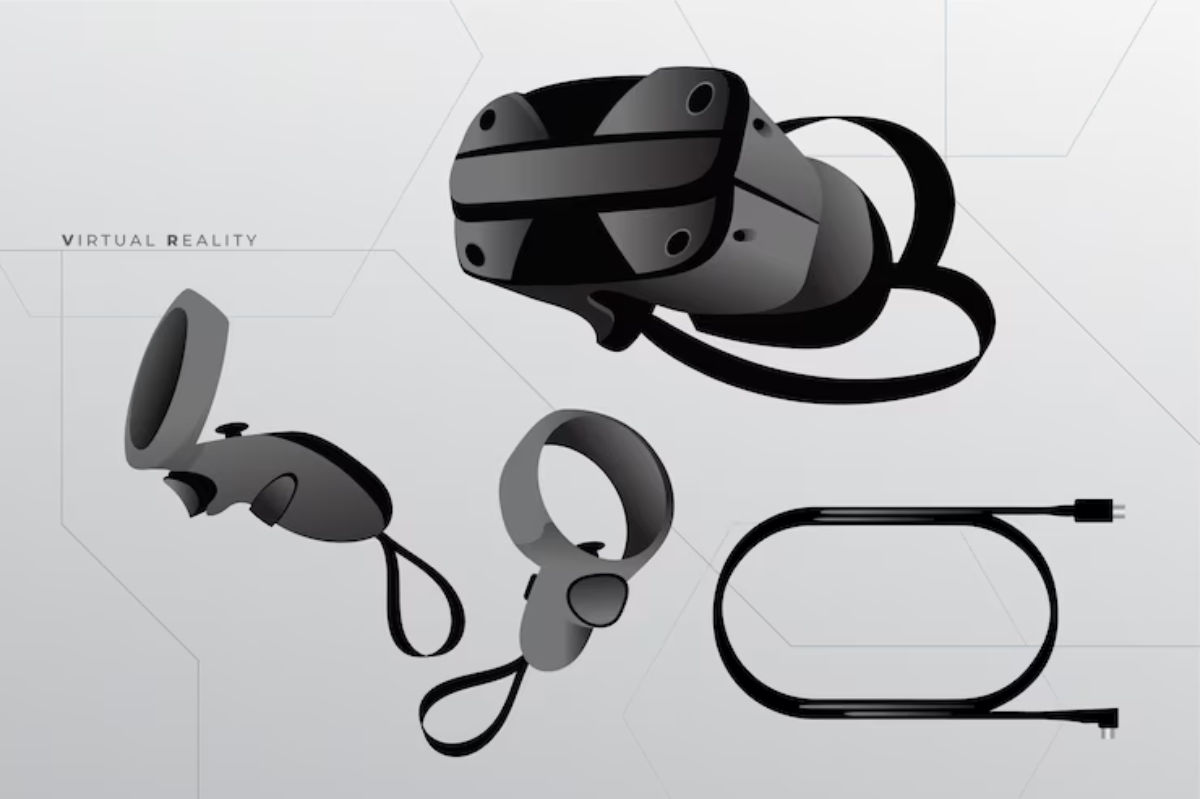
1. Unmatched Visual Performance
A physical connection provides:
- Higher bitrates than wireless streaming
- No compression artefacts
- Full resolution rendering
You get sharper visuals, richer colours, and cleaner motion — especially important in sim racing, flight simulation, or high-end first-person shooters.
2. Ultra-Low Latency
Wired VR offers the lowest possible input and display latency, which translates to:
- Smoother tracking
- More accurate hand-eye coordination
- Less chance of motion sickness
This is crucial for fast-paced games or competitive VR where every millisecond counts.
3. Stable and Reliable Connectivity
Wireless setups depend on:
- Wi-Fi signal strength
- Router proximity
- Network interference
Wired setups remove these risks entirely. No dropped frames. No sudden lag. Just consistent, dependable performance.
4. Full PC Power
Wired headsets often unlock the full potential of your gaming PC:
- Access to SteamVR, Oculus Rift games, and modding tools
- Higher graphical fidelity with real-time ray tracing or supersampling
- Greater control over settings and optimisation
Downsides to Consider
1. Cable Management Hassles
Let’s face it: cables are a pain.
- They tangle
- They trip you up
- They restrict movement
Even with ceiling pulley systems or clip-on solutions, they still limit the freedom of untethered VR.
2. Setup Complexity
Wired VR headsets require:
- A powerful PC
- External sensors or base stations (in some cases)
- Drivers and software updates
For beginners, this setup can feel intimidating or frustrating.
3. Lack of Portability
You can’t just grab your headset and take it to a friend’s house or a holiday cabin.
You need your entire setup:
- PC or console
- Monitors, keyboards
- Cables, adapters, and power supplies
It’s a desk-bound, room-scale experience — not a grab-and-go solution.
Best Cabled VR Headsets in 2025
If you’re considering going wired, here are the top-performing models this year.
1. Valve Index
- Resolution: 1440 × 1600 per eye (LCD)
- Refresh Rate: Up to 144Hz
- Tracking: External Lighthouse sensors
- Connection: USB + DisplayPort
Why it stands out:
- Exceptional refresh rate for competitive play
- Best-in-class audio and tracking accuracy
- Durable build with a passionate user community
Ideal for: Gamers who want precision, smoothness, and long-term reliability.
2. HTC Vive Pro 2
- Resolution: 2448 × 2448 per eye
- Refresh Rate: 120Hz
- Tracking: External Lighthouse
- Connection: DisplayPort + USB 3.0
Why it stands out:
- One of the highest resolutions in consumer VR
- Clean, sharp visuals ideal for design, simulation, and media
- Premium build and ergonomic fit
Ideal for: Professionals, sim fans, and those seeking cutting-edge visual clarity.
3. Varjo Aero
- Resolution: 2880 × 2720 per eye
- Refresh Rate: 90Hz
- Tracking: SteamVR Base Station
- Connection: USB-C + DisplayPort
Why it stands out:
- Retina-level pixel density
- Incredible edge-to-edge clarity
- Designed for enterprise and prosumer applications
Ideal for: Architects, designers, and developers needing pixel-perfect detail.
Wired vs Wireless: Which One Should You Choose?
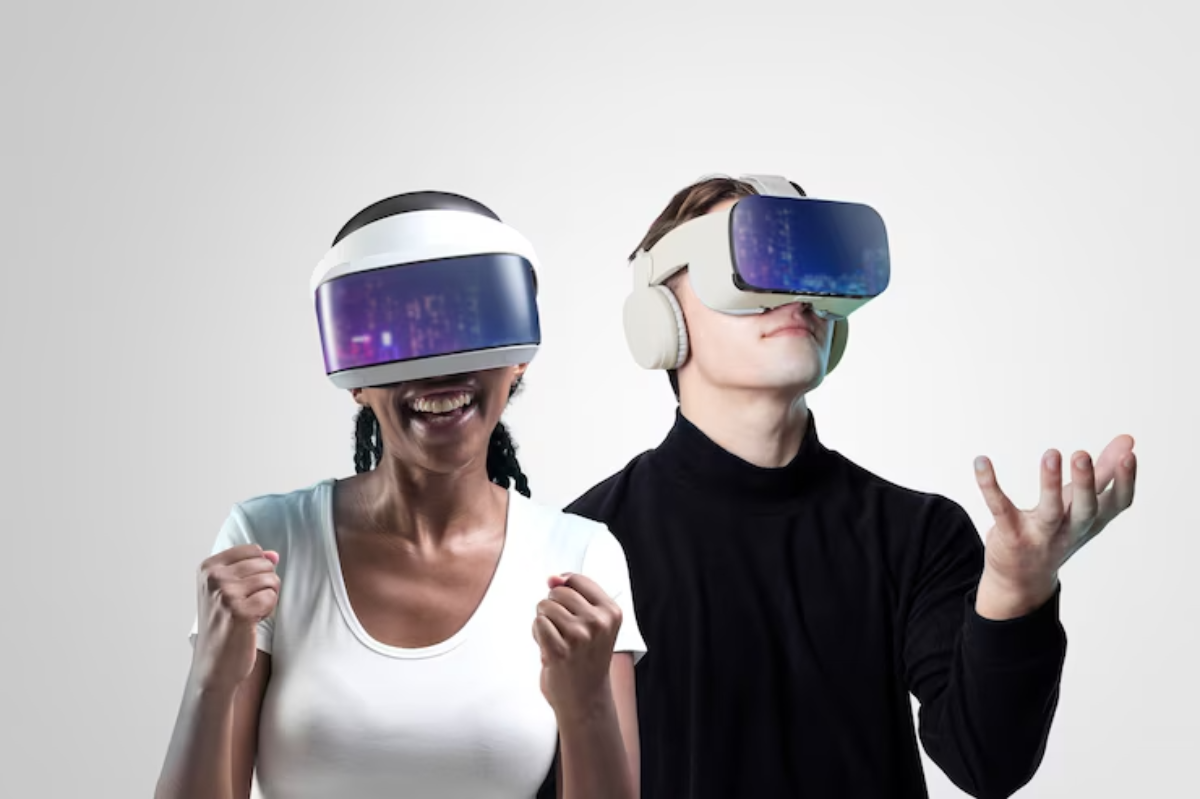
Let’s simplify the decision.
Go Wired If You:
- Prioritise visual fidelity and ultra-low latency
- Have a powerful gaming PC
- Play simulation or competitive games
- Don’t mind setting up a dedicated VR space
Go Wireless If You:
- Want quick plug-and-play sessions
- Prefer portability and flexibility
- Play standing or room-scale games
- Want to avoid cables altogether
Some users find the best of both worlds by using a hybrid headset like the Meta Quest 3 — standalone by default, but PC-ready via Air Link or cable.
Curious about untethered alternatives? Read the best wireless VR headsets for untethered gaming to explore top options.
Wired VR Headset Latency: Why It Still Beats Wireless
Latency refers to the time between movement and on-screen response. In VR, this can make or break the illusion of reality.
Wired VR typically has latency around:
- 10–20ms (near-instantaneous)
Wireless VR (streaming) has latency closer to:
- 30–50ms, depending on Wi-Fi and network quality
Even though 30ms may sound fast, in VR it can result in:
- Delayed head tracking
- Motion artefacts
- Visual tearing or ghosting
This matters even more in:
- eSports VR
- Fast-action games
- Simulation where tracking accuracy is vital
Can You Improve Wired VR Comfort?
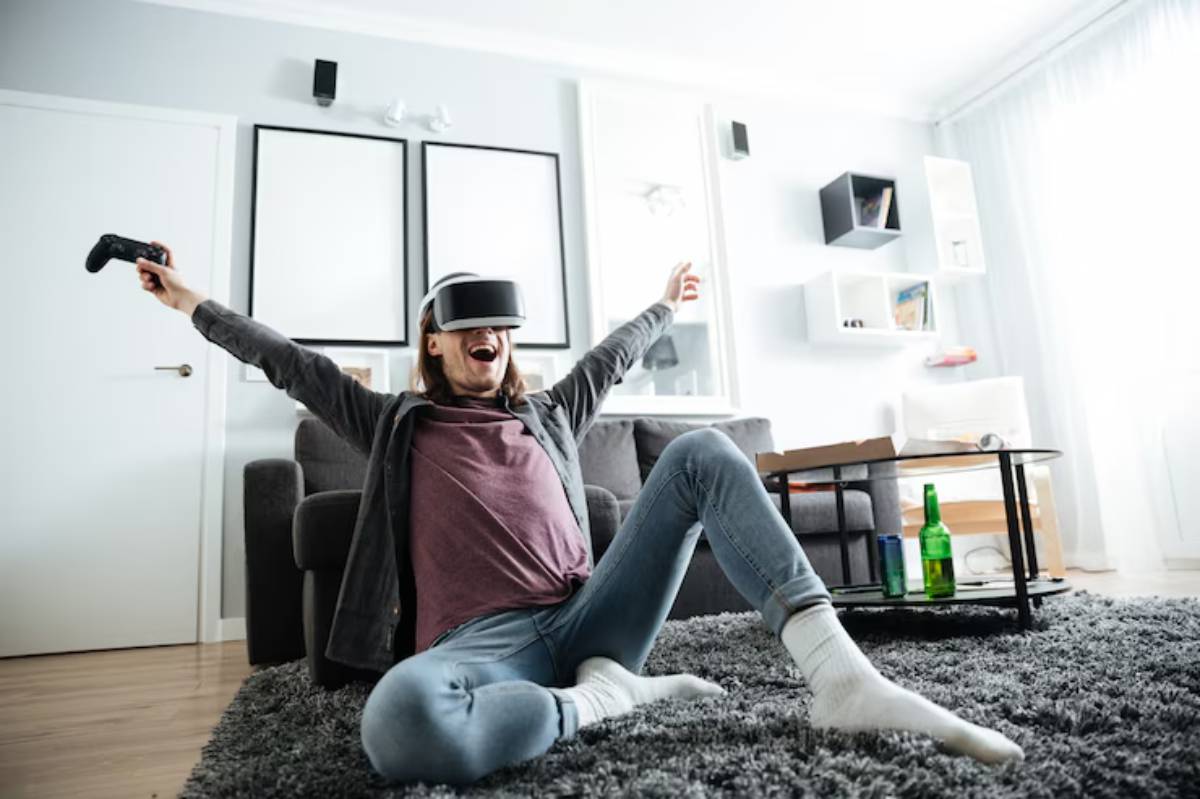
Yes — and here’s how:
1. Use a Ceiling Pulley System
Suspend your cable with retractable pulleys to prevent tangling and tripping.
2. Get a Custom Cable Sleeve or Extension
Keep cords neat with braided sleeves or extension cables that allow more slack.
3. Upgrade Your Face Pad and Head Strap
Replace default components with aftermarket options for better weight distribution and sweat control.
4. Use a Dedicated VR Mat
This helps define your play space and keeps your feet in the right position, reducing the chance of stepping on cords.
Conclusion: Wired VR Still Holds the Crown — If You Need It
The rise of wireless VR has transformed accessibility, comfort, and ease of use. But for those who demand maximum performance, pinpoint accuracy, and flawless visuals, wired VR headsets still reign supreme.
They’re not for everyone — and that’s okay. Wireless is winning in casual and fitness gaming. But wired headsets remain essential for VR purists, simulation enthusiasts, and anyone who sees VR as more than just a game — but as a tool, a platform, and a creative space.
So, are wired VR headsets still worth it? If your focus is performance over portability, then yes, absolutely.
Still weighing your options? Explore our VR Headset Comparison Guide to see which headset suits your needs.
Have questions or tips for optimising a wired setup? Leave a comment or share your experience with the VR community.


